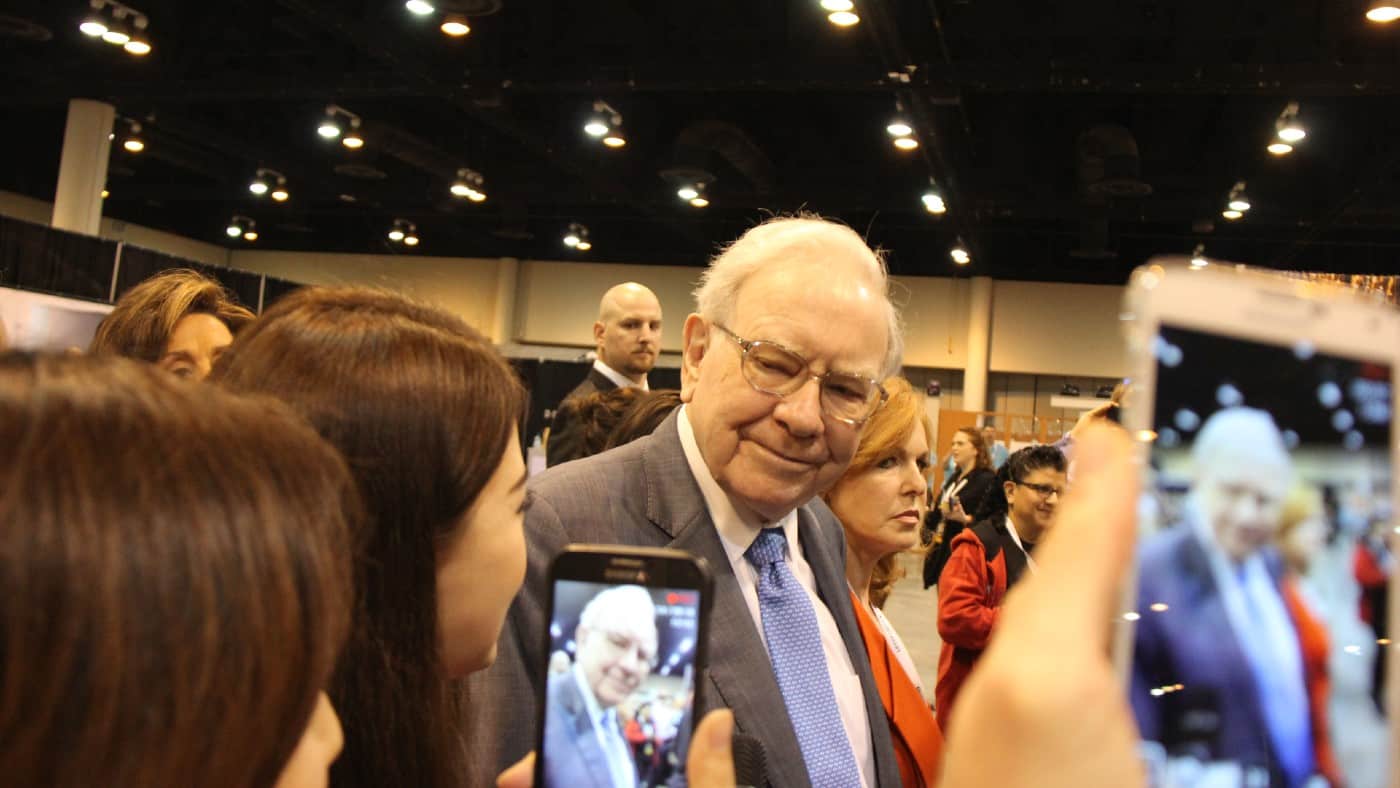
Image source: The Motley Fool
With Warren Buffett announcing that he’ll no longer be writing Berkshire Hathaway’s annual report, there’s been a lot of focus on his amazing long-term track record recently. It really is quite astonishing – since the mid-1960s he’s generated a return of around 20% per year for his investors.
That’s nearly twice the annual return of the S&P 500 over that time and much higher than the returns that most other investment managers have delivered in recent decades. It begs the question – how’s he done it?
A focus on quality and compounding
I’ve spent a lot of time studying Buffett’s investment’s strategy. And the way I see it, there are three key things that the investing guru has done differently to most other investors.
First, he’s focused on high-quality businesses. Originally, he was a value investor, seeking out extremely cheap ‘cigar butt’ companies that no one else wanted to invest in. However, over time, he pivoted to a ‘quality’ approach — companies with dominant market positions, wide economic moats, strong balance sheets, and high levels of profitability.
As part of this quality strategy, he’d look for companies that were consistently able to generate a high return on equity (ROE) and continually reinvest their profits for future growth.
This is ‘compounding 101′. If a business is highly profitable and can reinvest a large chunk of its earnings consistently, it’s likely to get much bigger over the long run.
“The primary test of managerial economic performance is the achievement of a high earnings rate on equity capital employed and not the achievement of consistent gains in earnings per share.”
Warren Buffett in the 1970s
He held stocks for decades
That brings me to my next observation. Buffett has often held stocks for decades, allowing the underlying companies to compound their earnings significantly.
A great example here is Coca-Cola (NYSE: KO). He first invested in the beverages firm all the way back in 1988.
This is a high-quality company with a strong brand and a dominant market position. It’s also very profitable – over the last five years its ROE has averaged about 43%.
Add the high ROE with Buffett’s multi-decade investment horizon, and we get spectacular results. I calculate that Buffett has made over 20 times his money on this stock and that’s not including dividends!
An unorthodox approach to portfolio construction
There’s one more thing I need to mention though and this is that Buffett has always had an unusual approach to portfolio construction. In short, he hasn’t been afraid to have huge positions in certain stocks.
We can see this with Coca-Cola today. Currently, it’s about 9% of his portfolio.
Ultimately, what he’s done is ride his winners for the long run. Instead of selling out after a share price doubled or tripled, he’s held on for the big gains.
Most investors don’t or can’t do this. For example, compliance departments at investment management firms generally don’t allow fund managers to have huge positions in individual stocks (one reason why many managers underperform).
Now, I’m not saying that investors should consider rushing out and loading up on Coca-Cola shares today. They look a little expensive right now and there are also some risks around consumer spending.
But by following Buffett’s approach, investors may be able to improve their long-term returns significantly.
